Historian Jeff Murray takes a look into West Hartford’s past to uncover some surprising information, stir up some memories, or reflect on how much life has changed – or hasn’t changed at all. Enjoy this week’s ‘From West Hartford’s Archives’ …
By Jeff Murray
Solomon S. Flagg’s house stood at 1069 North Main Street for many years and was located where the current Miller Road is, the farm being bounded by Hyde Road on the south and Sheep Hill Drive on the north.
Flagg was the first name on the petition for the independence of West Hartford in 1854 and served as the first selectman in town. Born as the son of Abijah Flagg, whose family owned the land and buildings on Flagg Road, Solomon lived on this northern farm of nearly 600 acres. He was known as Colonel Flagg for his association with the militia company and he built this house in 1843. Flagg was instrumental in the early workings of the town, even before independence. He served as justice of the peace and was included on committees for church and school construction in the 1830s. When he died in February 1876, his family inherited the farm.
The North End of West Hartford in the 1800s was a collection of Flaggs, Barbers, Whitings, Butlers, Cadwells, and Caswells and a lot of marrying between them over the years. The Barber family had owned the land north of Solomon Flagg’s at North Main Street and Still Road since the Civil War. George Barber’s children, Frank, Edwin, and Rose worked the farm until the elder George died in the summer of 1892. The land on the west and east sides of North Main Street was then divided up among the children, with Frank taking the west side, his brother taking the land at the corner of Simsbury Road, and his sister Rose marrying Charles Soule and owning the land and house on the east side. This arrangement continued through World War I.
Meanwhile, south of the Barbers, the farm of Solomon Flagg’s estate had just been sold in 1893 to James Miller, an immigrant from Northern Ireland who had arrived in the United States in the 1880s and settled in Farmington. The family used the land principally as a dairy farm, but it had other uses as well. For example, the original trees that lined the Boulevard when it was laid out in 1896 were taken from the Miller farm. His son James Jr. was the first official mail carrier in town starting in 1900. His route was originally by horse, but with the growth of the area and the number of families coming to West Hartford, the work became unwieldy. He must have been extremely relieved in 1909 when he received an automobile to make the rounds.
In the fall of 1916, after 16 years on the job, Miller finally had enough of the mail delivery and quit to work the family farm, prompting a crisis within the postal department. For more than a month and a half, no one could be found to fill the job, so Miller agreed to remain on duty temporarily. After that became too much, the postmaster had to do the work himself, even going so far as to personally beg Miller to come back (unsuccessfully this time).
By December, after nearly four months, residents escalated the issue to Congress. When the Courant interviewed Miller on the reasons he left, he cited long hours, meager pay, and too much mail. He was working 10 hour days at $100 a month (about $2,900 in 2024). In some cases, he was delivering up to 11 p.m. at Christmastime, distributing over 22,000 pieces of mail a month. He was also bitter that after his faithful work over the course of 16 years without a break, he happened to lose one day during a big snowstorm and the post office docked his pay.
Difficulties securing a permanent mail carrier continued through 1917, but ultimately, Miller’s resignation helped trigger the restructuring of the West Hartford post office into the 1920s.
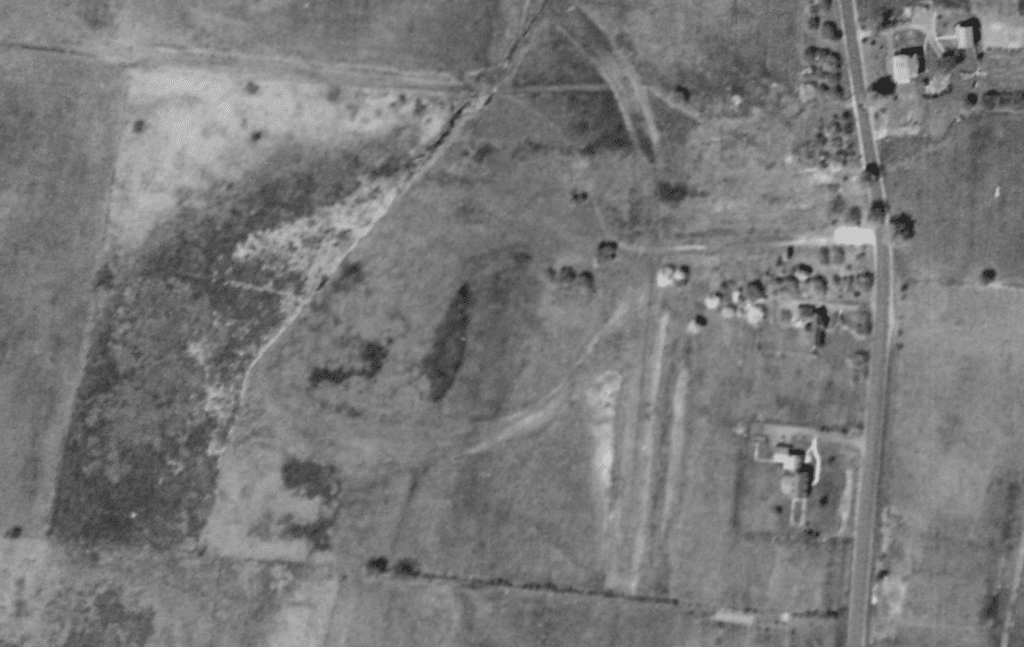
Aerial view of the area in 1934. The beginning of Arden Road and Miller Road can be seen where the Flagg house once stood.
The farm of Frank Barber on the west side, north of the Millers, was sold in 1919 to Frank R. Fuller, who had lived across the street for about two years. The 125 acres that encompassed this new land of Fuller’s and the old Barber estate were later bought in 1924 by the Wampanoag Country Club for a clubhouse and golf course. Fuller retained control of a parcel of land fronting on North Main Street near the country club. This parcel was where Northwest Catholic High School was built in the early 1960s.
South of this land was the Flagg/Miller house, which was inherited by James Jr. from his father after he died at the age of 91 in the spring of 1927. Soon after his death, Miller decided to sell the whole farm and move to Bloomfield. Frank R. Fuller, the prolific builder Richard F. Jones, and others who had a firm presence in the north end bought the land from Miller and organized the Millerlands Corporation that summer. They moved the house to make way for the development and laid out what became known as the Millerlands tract, marking out the preliminary streets of Miller Road and Arden Road. Although it took about 30 years to begin development beyond those streets, by the late 1950s, streets had been laid out from the center to the west end of the Millerlands tract all the way to Mountain Road – Richmond Lane, Winterset Lane, Trotwood Drive, Barksdale Road, Hyde Road, and Sheep Hill Drive. Drury Lane and Maiden Lane would come later.
In 1949, the Town of West Hartford bought land from the Millerlands Corporation for the future Norfeldt School.
Of course, since it was so close to the old Miller farm, it would be wrong not to include the new Hall High School. It had been planned on this site south of the Miller farm since 1953 when the town bought a former dairy farm and pastureland, about 62 acres, from Dr. Edward Laitinen, who had an animal hospital on the site fronting on North Main Street (this vet is still there at 993 North Main Street). The new Hall High School was designed and built on this land starting as early as 1961. It was delayed over a period of about five years due to zoning hurdles and financial disputes, but it went ahead and was completed in 1970.
Just a year prior, Eisenhower Park had opened across the street, off Sheep Hill Drive on an undivided parcel of the former Miller farm. It came at a time of massive recreational building across town, as Kennedy Park and Wolcott Park were both being developed at the same time, as well as the Veterans Memorial Skating Rink.
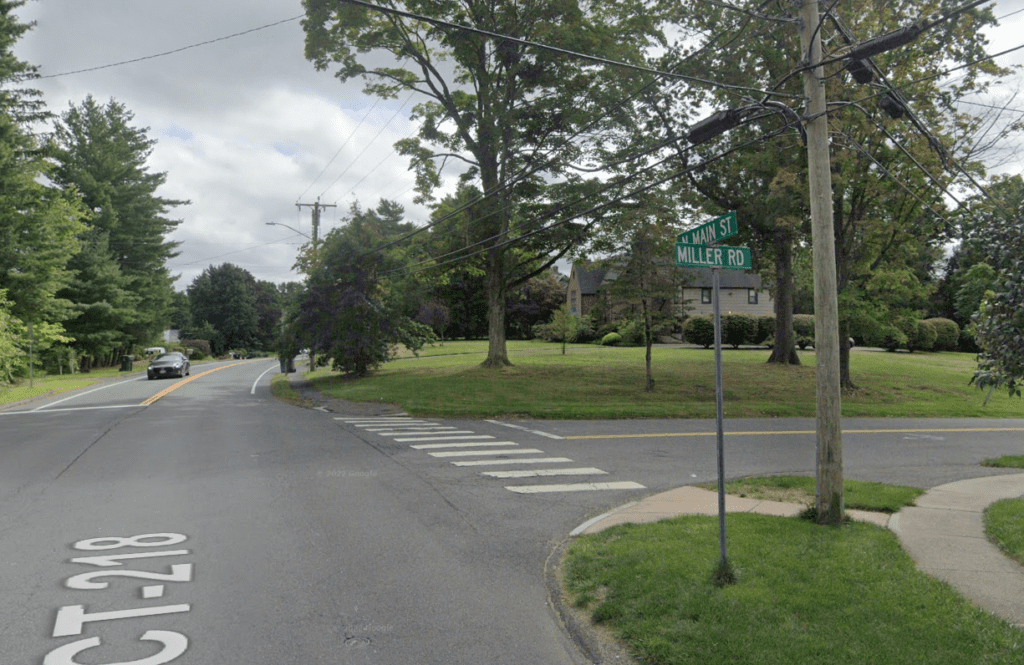
Google Street view of North Main Street at Miller Road
Jeff Murray was born and raised in West Hartford and has been involved with the Noah Webster House & West Hartford Historical Society since 2011 when he was a high school student and won the Meyer Prize for his essay on local history. Jeff routinely volunteers as local history researcher uncovering information for numerous museum programs such as the West Hartford House Tour and West Hartford Hauntings. Jeff works as a data analyst at Pratt & Whitney.
Like what you see here? Click here to subscribe to We-Ha’s newsletter so you’ll always be in the know about what’s happening in West Hartford! Click the blue button below to become a supporter of We-Ha.com and our efforts to continue producing quality journalism.

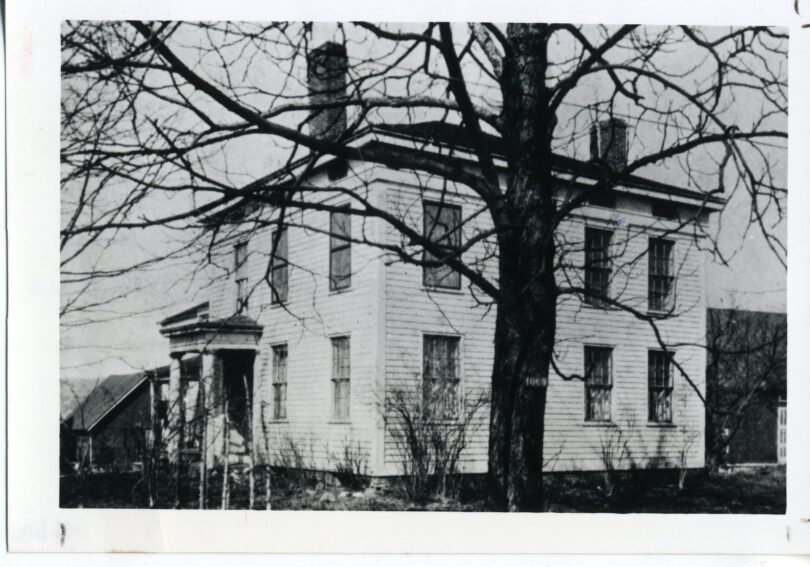




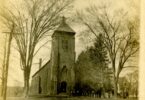

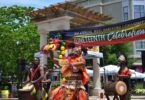
Curious where was the Flagg/Miller house moved to?